How to grow Vanilla Strawberry hydrangeas — 7 steps for dreamy and delightful blooms
Add sugary-sweet beauty to your flowerbeds with these fabulous florals

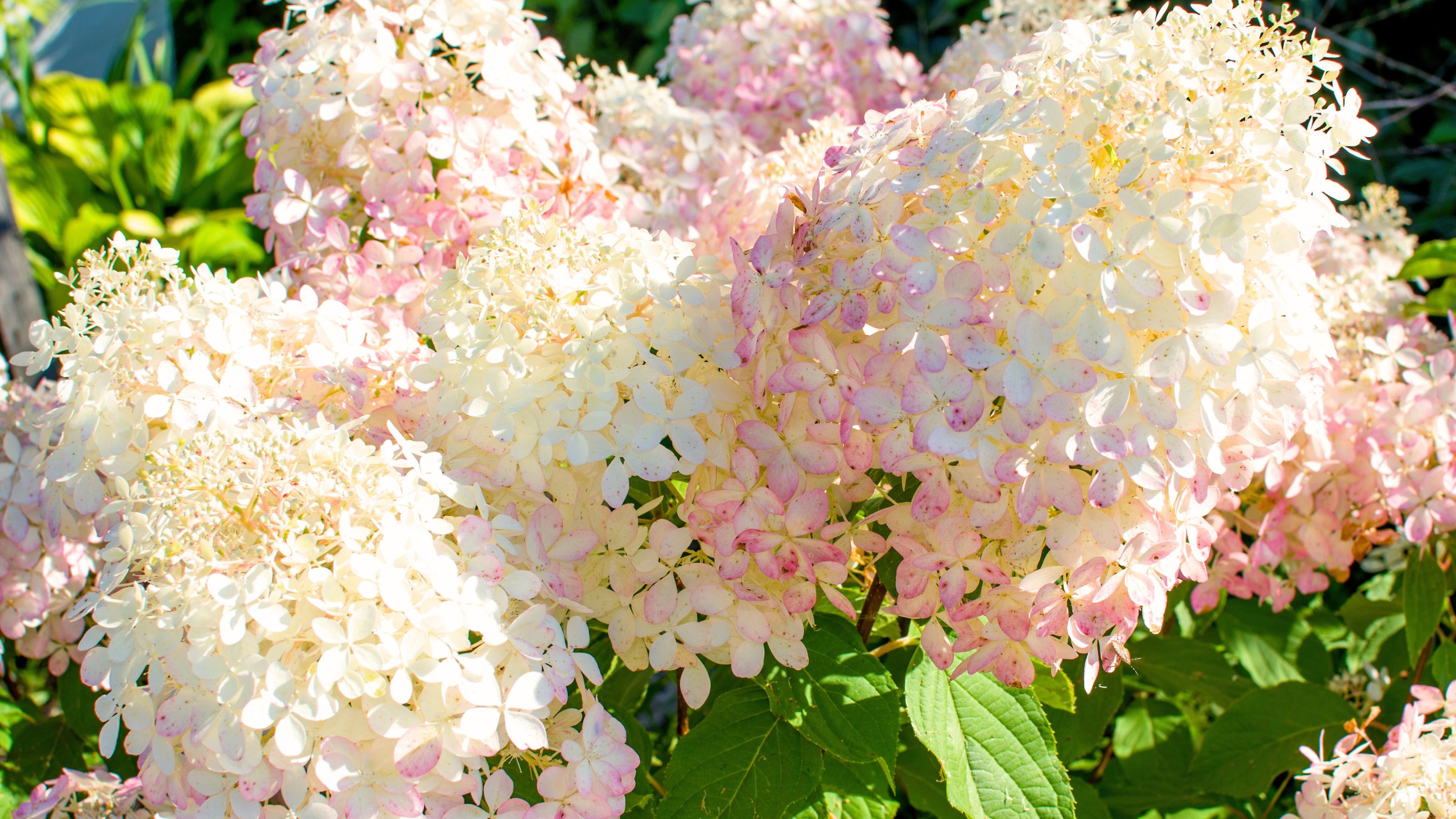
When it comes to quickly adding color and texture to your flowerbeds, hydrangeas are some of the best blooms to bring in.
Vanilla Strawberry hydrangeas (hydrangea paniculata 'Renhy') change with the seasons, going from creamy white in midsummer, to light pink when temperatures start to drop, and finally land on being strawberry red in fall. I've got you covered with expert advice from gardeners on how to grow them so they produce beautiful blooms throughout the seasons.
For those wanting to take care of hydrangeas and are looking for specific advice for the Vanilla Strawberry variety, these tips and tricks will help you out.
What is the difference between Vanilla Strawberry hydrangeas and regular hydrangeas?
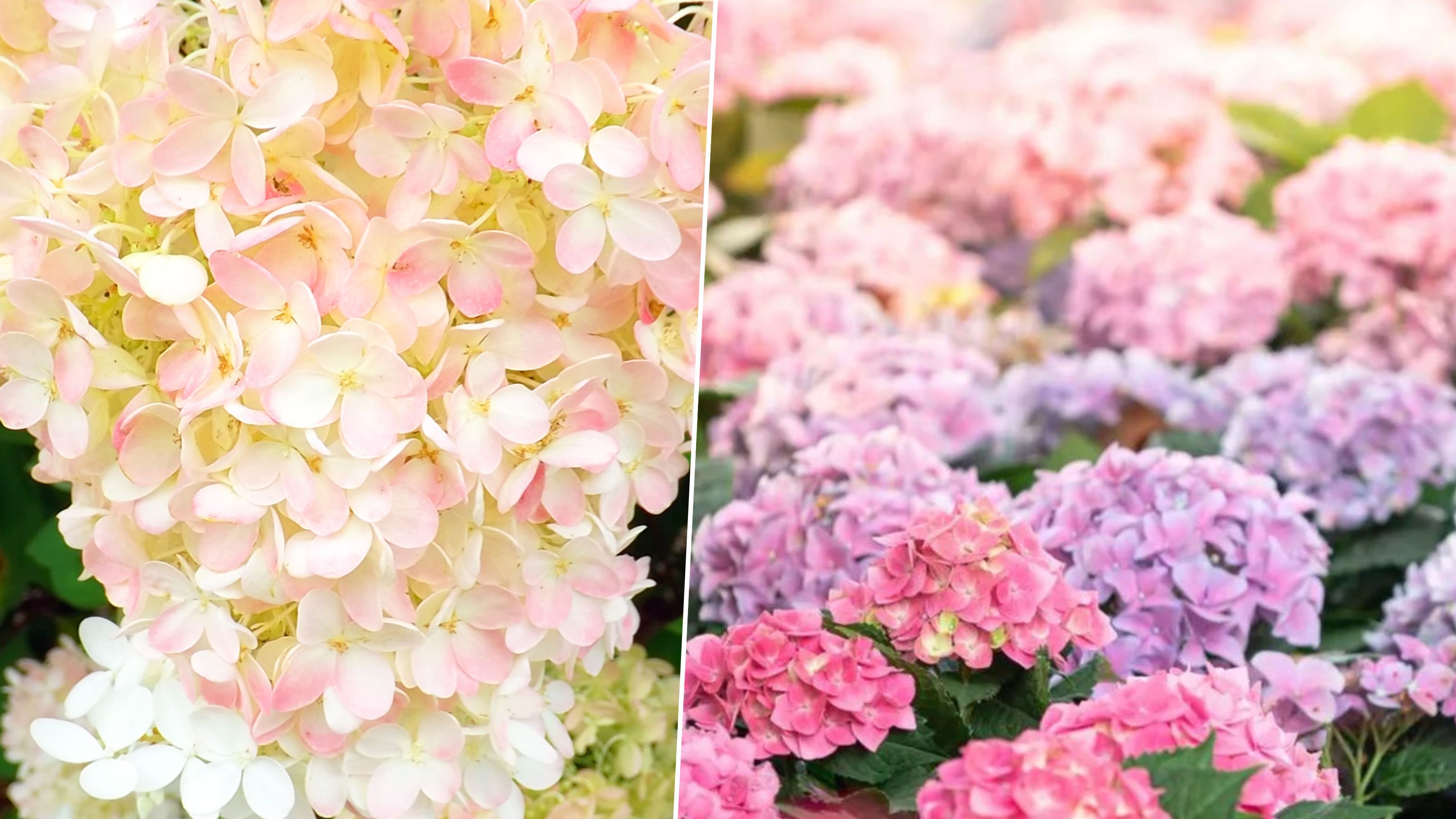
Before you start to grow Vanilla Strawberry hydrangeas, it’s important to know the difference between them and regular ones.
“Vanilla Strawberry hydrangeas are a type of panicle hydrangea, known for their cone-shaped flower clusters that transition from white, to pink, to rich red,” explains Tony O'Neill, gardener and founder of Simplify Gardening
“This variety is more sun-tolerant and cold-hardy compared to many other hydrangeas, such as the mophead or lacecap varieties (hydrangea macrophylla),” he adds.
It's also important to know before you start growing these plants that you can’t propagate them, as this is illegal due to it being a patented plant.
Get small space home decor ideas, celeb inspiration, DIY tips and more, straight to your inbox!
Instead, you can pick it up from a nursery or plant retailer. For example, the Vanilla Strawberry Hydrangeas from The Sill are perfect for pollinators and last year after year.
Plus, it's worth noting they're hardy in USDA zones 3-8 and will grow in most areas of the country.
Now you’re all clued up, you can follow the steps below to ensure they grow properly and come back every year.
Step 1: Choose the right location
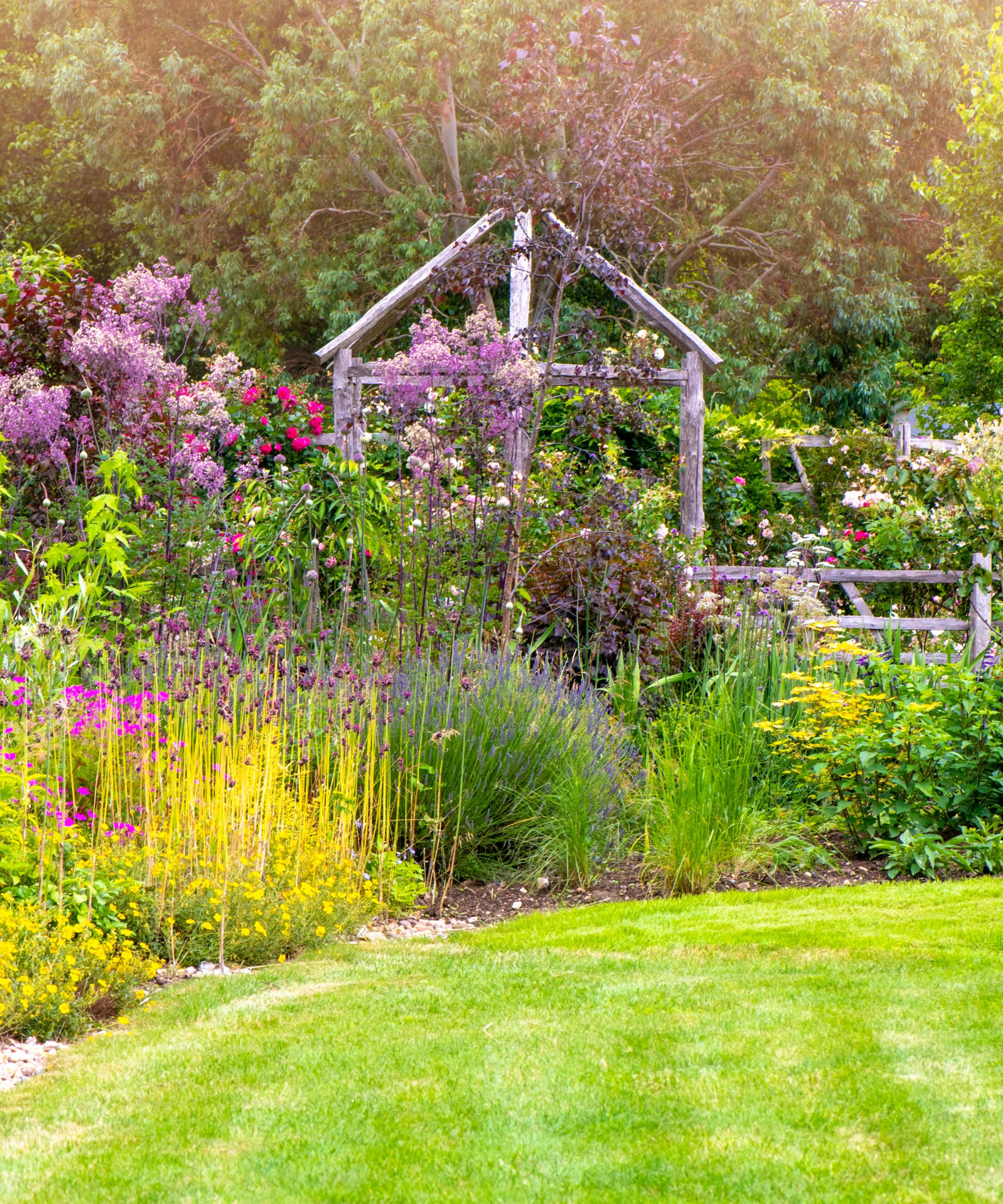
First of all, it's important to choose where to plant hydrangeas in your garden, as this can affect how your flowers grow.
“The spot you choose to plant in should have morning sun to afternoon shade,” explains Matthew Wilson, gardener and CEO of Handy Gardeners.
If the space you choose is too sunny, he says this will scorch the flowers, but part shade can also hinder blooming. So, it’s important to get the balance right.
Step 2: Prepare the soil
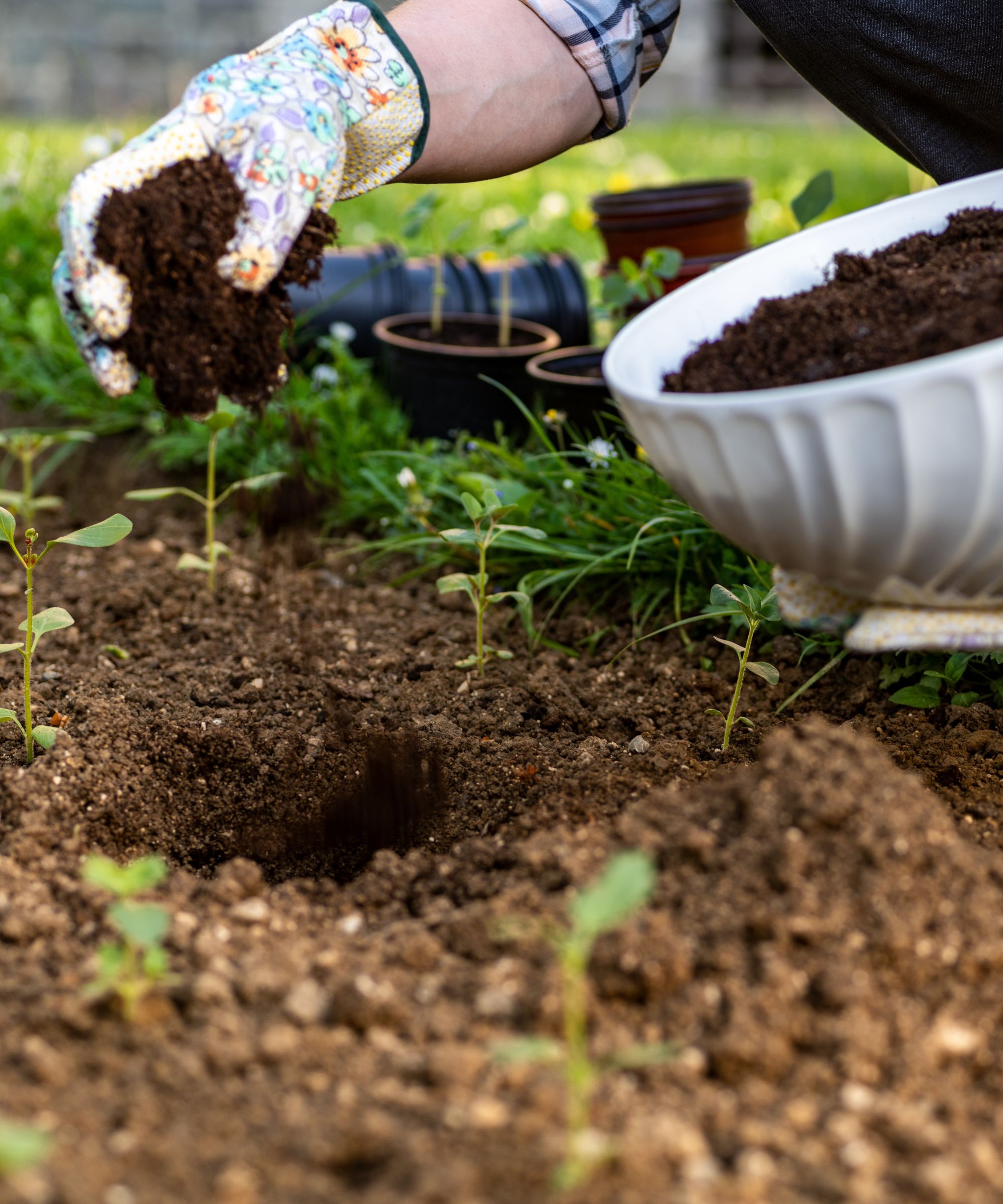
Give your flowers the best chance for growth by pairing up the soil with the right fertilizer.
“Add a balanced, slow-acting fertilizer in early spring and mid-summer. Avoid high nitrogen fertilizers since they spur leaf growth but not as many blooms,” says Matthew.
He also says to consider a hydrangea-specific fertilizer (the Miracle-Gro Acid-Loving Plant Food from Amazon works on azaleas, hydrangeas and rhododendrons) , as this can bring out the color and growth of this plant.
“Vanilla Strawberry hydrangeas prefer well-drained, fertile soil with a slightly acidic to neutral pH,” adds Tony. “Amending the soil with compost can improve fertility and drainage.”
Instead of buying this, you can learn how to make compost at home in order to nourish your flowers sustainably.
Step 3: Plant them properly
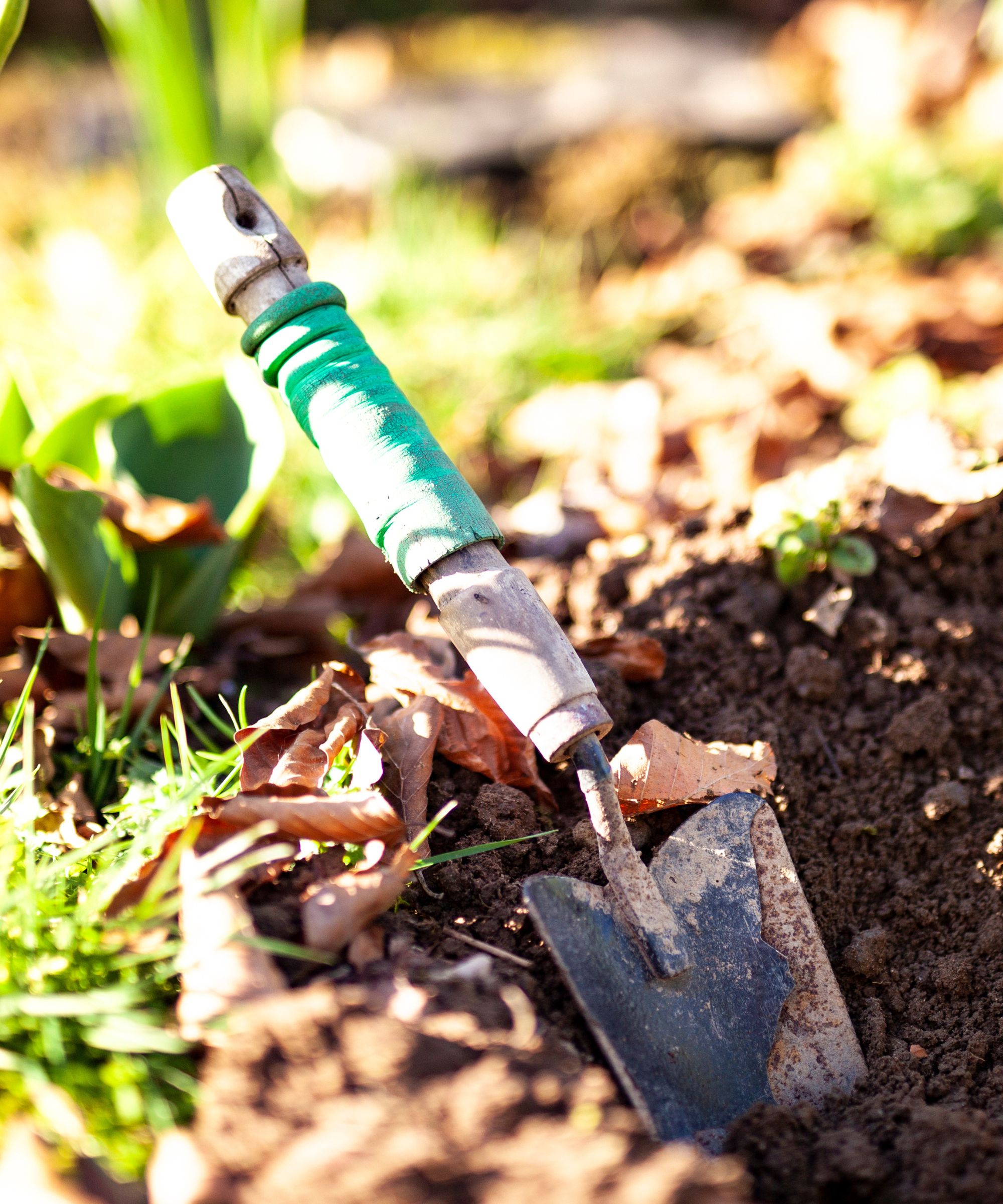
When planting your hydrangeas, picking the right time will ensure they have the best chance of survival. In their case, Tony advises planting them in spring or fall.
“Dig a hole twice as wide and as deep as the root ball, then put the plant in the hole,” Tony says.
From here, all you need to do is backfill this with soil and water the area thoroughly.
Step 4: Stay on top of watering
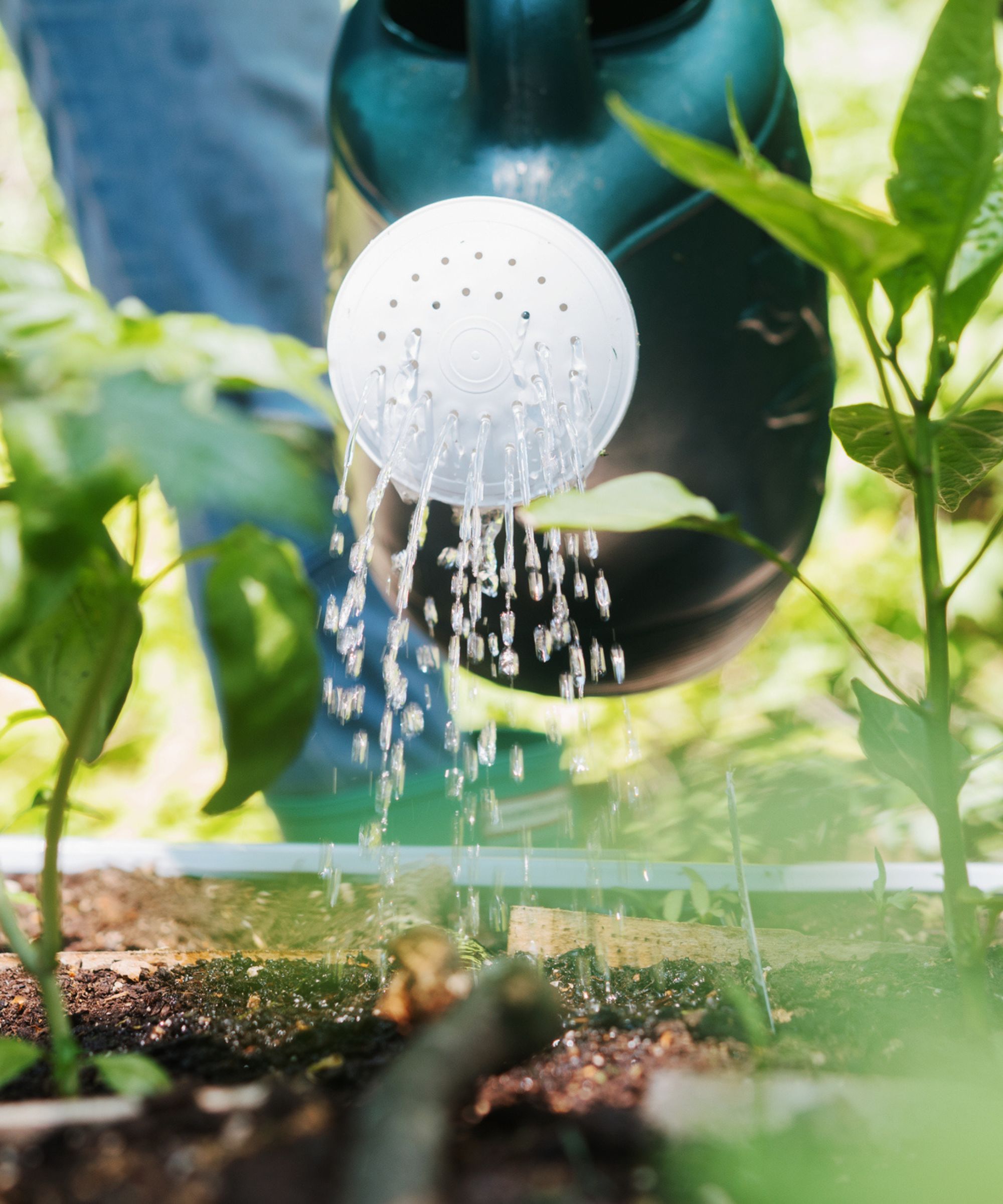
Make sure to keep on top of watering your hydrangeas — just like us humans, plants need to stay hydrated.
“Keep the soil consistently moist, especially during the first year after planting,” Tony says. “Be sure to water deeply at the base of the plant to encourage deep root growth.”
During dry spells, Tony recommends water one to two times a week to maintain soil moisture.
Step 5: Prune at the right time
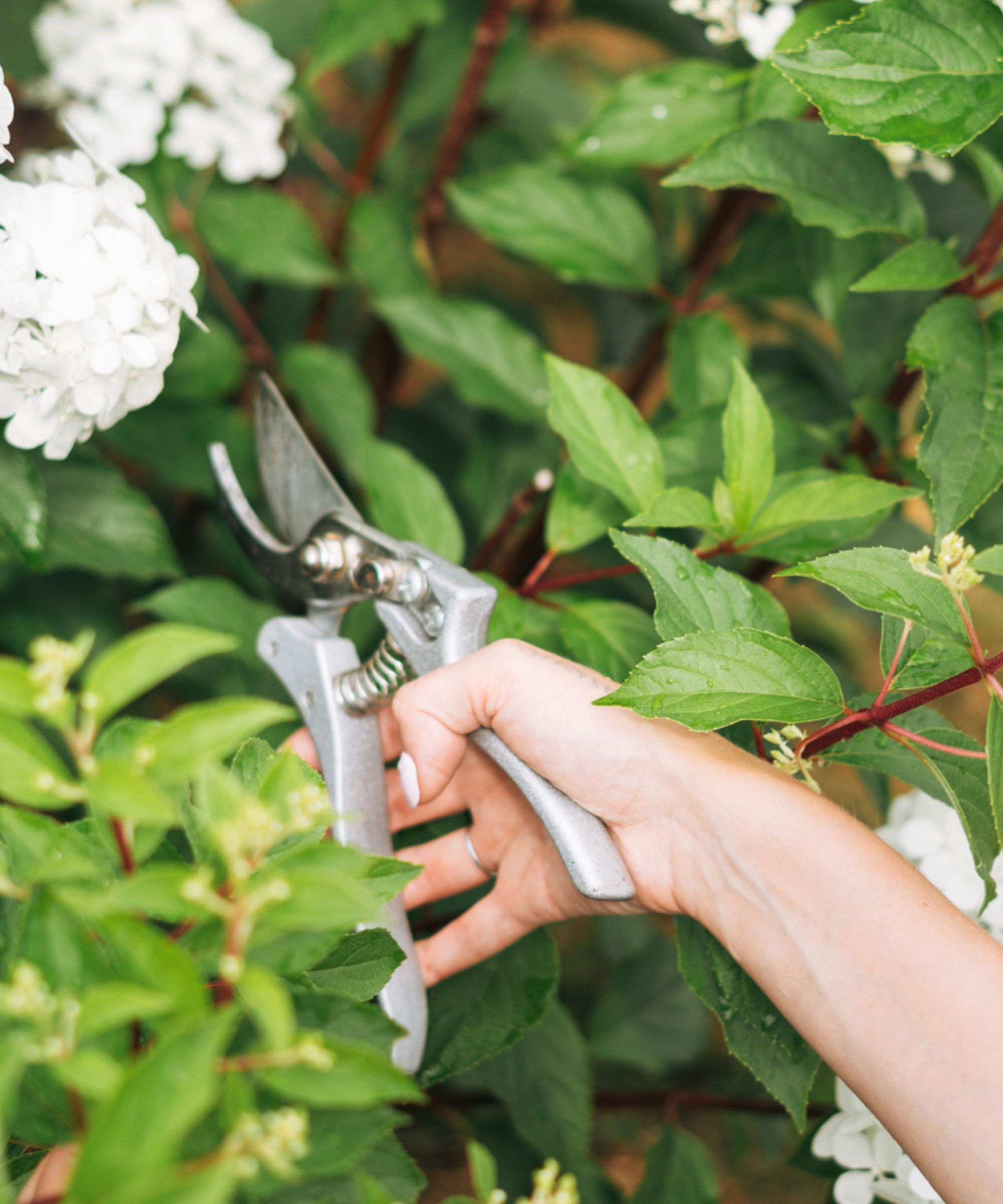
Once your Vanilla Strawberry hydrangeas have started to grow, make sure to prune them in late winter or early spring before new growth begins.
“Remove any dead or damaged wood and thin out crowded branches to improve air circulation,” Tony explains.
He continues, “To shape the plant, cut back the stems by one-third to promote strong, healthy growth and abundant blooms.”
Matthew agrees, saying to make sure to cut back to healthy buds, but not to do this hard as this will reduce flowering.
If you’re in need of some shiny new pruners, I like the look of the Gonicc Professional Premium Titanium Bypass Pruning Shears from Amazon, which have over 20,000 five-star reviews from shoppers who rate the quality material and the ease of use.
Step 6: Keep an eye out for pests and diseases
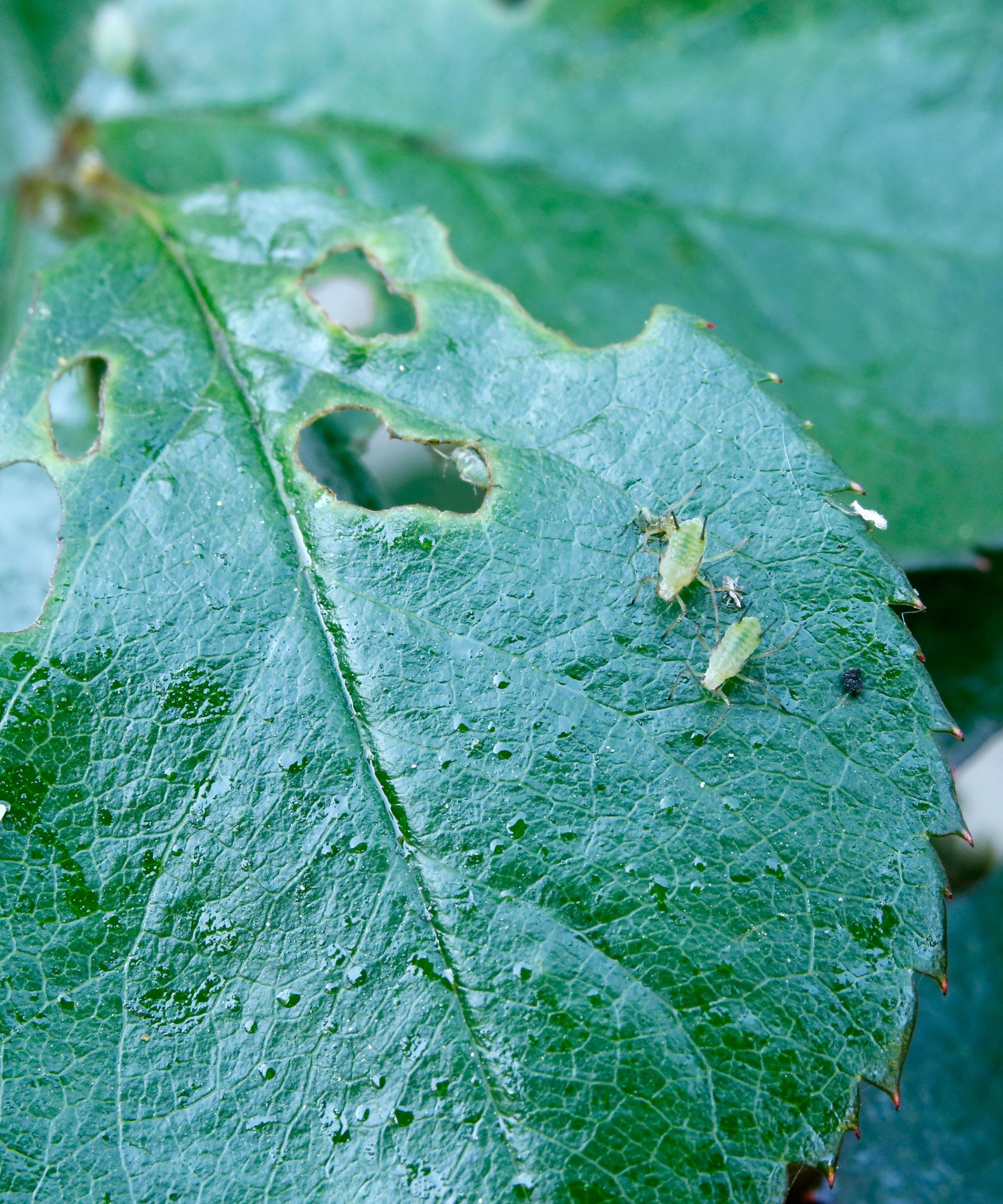
If you've followed the first five steps and your hydrangeas aren't blooming properly, it might be because pests or diseases have invaded your space.
“I recommend keeping an eye out and searching for signs of bugs including aphids or the mites of spiders,” Matthew says.
Aphids love younger plants, which I found out in my own yard. Luckily, I learned how to remove aphids from a vegetable garden, spritzing them with a mix of soap and water, and wiping them away with kitchen towel.
Matthew also advises not to overwater your hydrangeas, in order to minimize fungal infections on the plant.
Step 7: Protect during winter
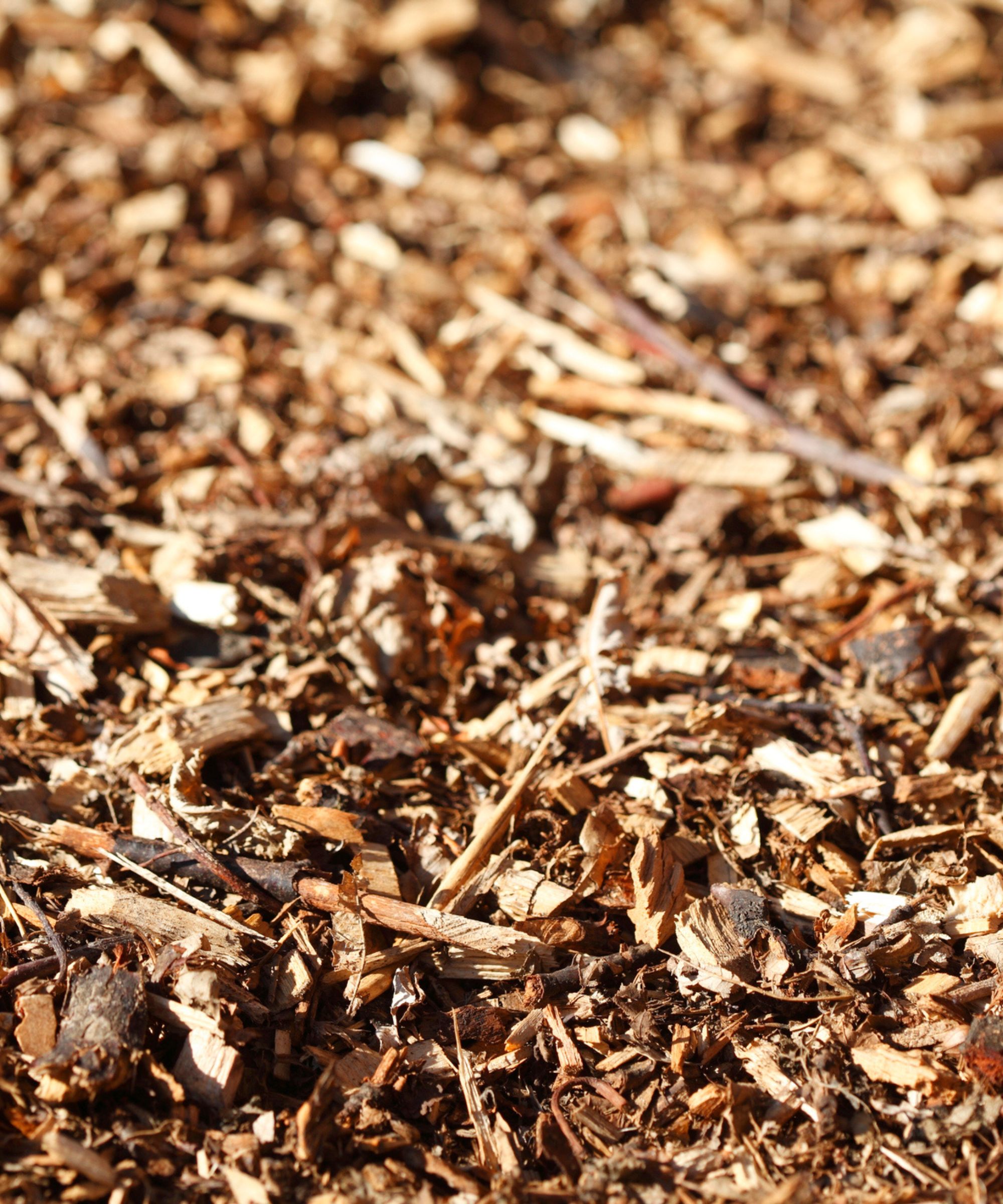
Even when your hydrangeas aren’t in full bloom, it’s still important to take care of them throughout the year.
Matthew explains, “In order to help them survive severe winter conditions, cover the roots and the zone around the root with a thick layer of mulch,” he says.
“Mulching around the base can also help retain moisture and regulate soil temperature,” Tony adds.
This doesn’t need to be expensive, either — for example, the Miracle-Gro Organic All Natural Mulch from Amazon is under $4.
Vanilla Strawberry hydrangea growing essentials
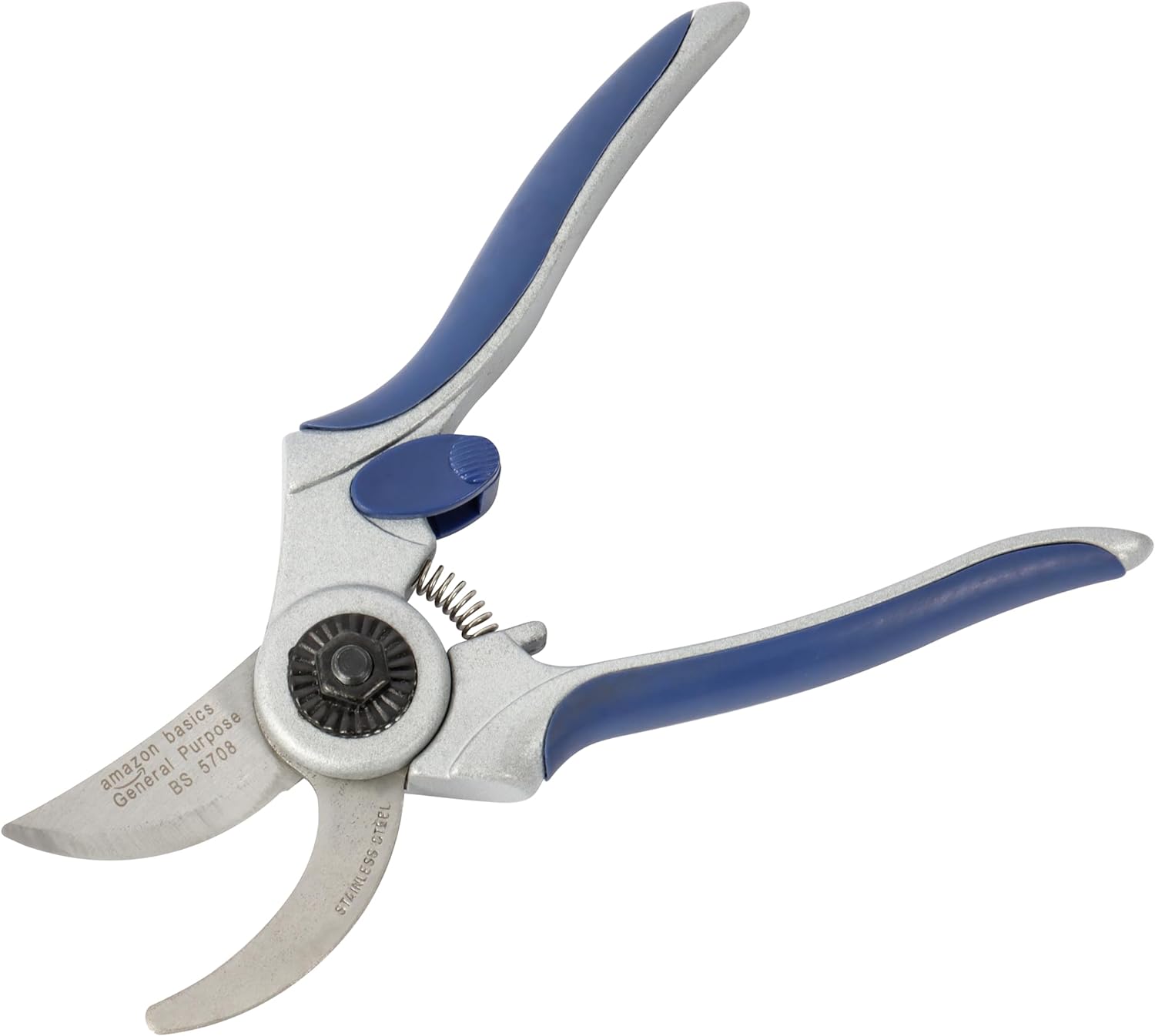
Size: 0.31 lbs
Made from: Stainless steel
Price: $10.95
These stainless steel pruning shears are the perfect size for smaller plant tasks like pruning hydrangeas, other flowers, and thin branches. The high-tension coil will ensure precision while trimming, while the non-slip TPR handle will make sure your hands are comfortable.
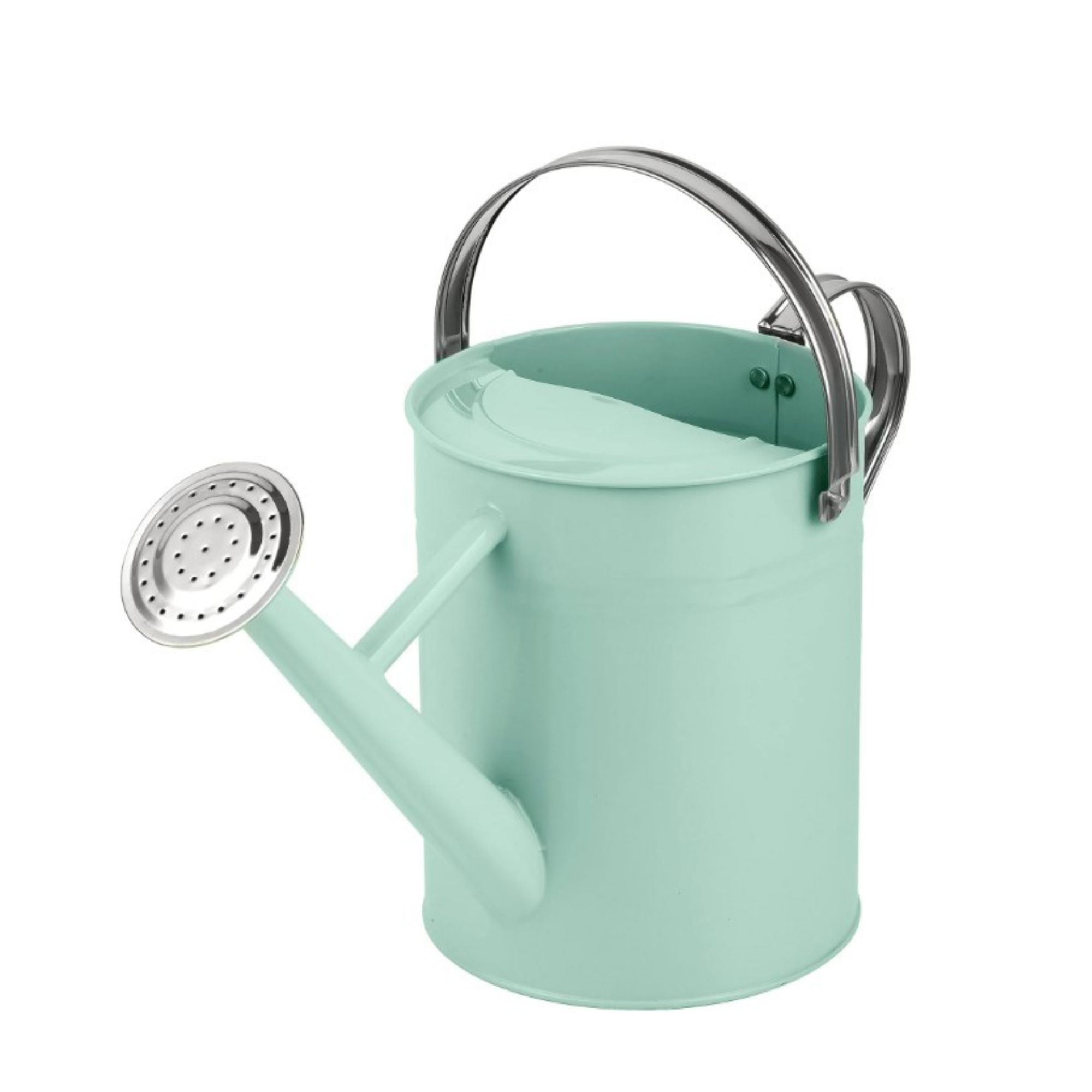
Capacity: 1 gallon
Made from: Metal
Price: $24.99
Brighten up your backyard with this fun watering can that's stylish and useful. I'm a fan of the eye-catching color, which will make it easy for you to spot and grab when you need to water your hydrangeas. If you want to fill it sustainably, you could always add rain chain ideas to your outdoor space and then top it up with rainwater.
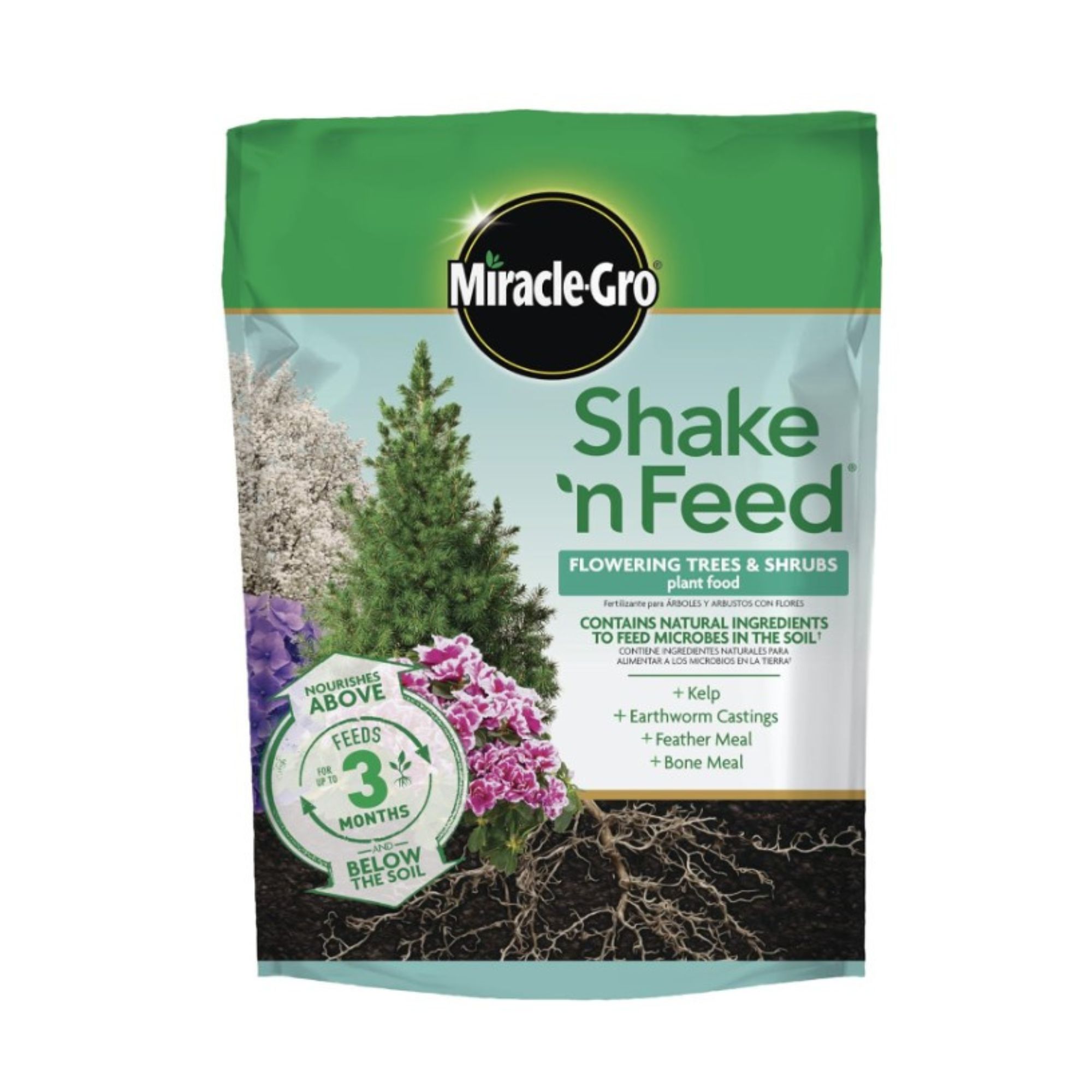
Size: 3.8kg
Made from: Natural materials
Price: $23.74
If you're growing your hydrangeas, make sure to give them a boost by feeding them with plant food. This is specifically formulated for flowering plants and shrubs. You can use this both in the ground or in containers, making it an effective choice for your all plants no matter what stage they're at.
They might take a little bit of work, but results of these flowers are well worth the effort.
“In my own backyard, I’ve found that Vanilla Strawberry hydrangeas are a delightful addition due to their stunning color transformation,” Tony says.
“Proper pruning and regular watering have been key to achieving lush, vibrant blooms that stand out in the landscape,” he finishes by saying.
If you’re looking to get even more creative with your hydrangea planting, learning how to change the color of your hydrangeas may also come in useful.

Hi there! I’m the former content editor at Real Homes and I'm now a freelance journalist.. I've been a lifestyle journalist for over five years, previously working as an editor across regional magazines. Before this, I graduated from Nottingham Trent University a degree in journalism, along with an NCTJ gold diploma. For Real Homes, I specialized in interior design, trends and finding the best viral buys.